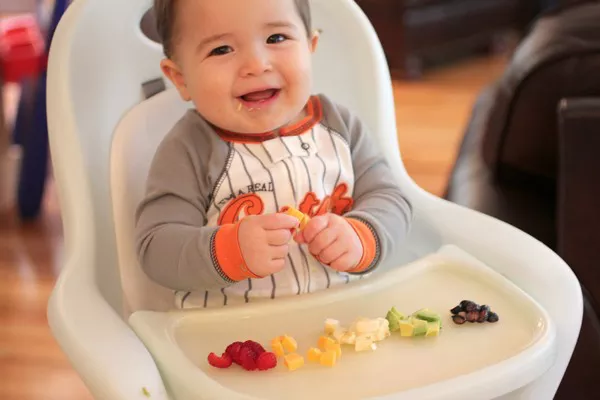Introducing solid foods to your baby is an important milestone in their development. Making your own baby food allows you to have control over the ingredients, ensuring that your little one receives optimal nutrition. By choosing natural ingredients and avoiding additives or preservatives, you can provide your baby with wholesome and delicious meals. In this comprehensive guide, we will explore the step-by-step process of making baby food naturally. From selecting the right ingredients to preparing and storing homemade baby food, we’ll cover everything you need to know to nourish your baby with nutritious meals.
Section 1: Benefits of Homemade Baby Food
Homemade baby food offers numerous benefits compared to store-bought options. Firstly, you have complete control over the ingredients, allowing you to provide the highest quality and freshest produce for your baby. This ensures that your little one receives the maximum nutritional value from their meals. Additionally, making baby food at home can be cost-effective, saving you money in the long run. Moreover, by preparing homemade baby food, you can customize the flavors and textures to suit your baby’s preferences and gradually introduce a variety of foods, fostering healthy eating habits.
Section 2: Selecting the Right Ingredients
When it comes to making baby food naturally, selecting the right ingredients is paramount. Opt for organic produce whenever possible to minimize exposure to pesticides and other chemicals. Look for locally sourced fruits and vegetables to support local farmers and ensure freshness. Prioritize seasonal produce as it often offers better flavor and nutritional content. Introduce a variety of foods to expose your baby to different flavors and textures, helping them develop a diverse palate and receive a wide range of nutrients.
Section 3: Preparing Homemade Baby Food
Preparing homemade baby food is simpler than you might think. Start by washing and peeling the fruits and vegetables, removing any seeds or pits. Depending on the age of your baby, you can steam, boil, bake, or roast the ingredients to soften them. Once cooked, puree the food using a blender or food processor until you achieve a smooth consistency suitable for your baby’s stage of development. Experiment with different combinations to introduce new flavors and provide a well-rounded diet. Avoid adding salt, sugar, or spices to the baby food, as their taste buds are still developing and excess salt or sugar is not recommended for infants.
Section 4: Storing Homemade Baby Food
Proper storage is essential to maintain the freshness and nutritional value of homemade baby food. Use BPA-free containers or ice cube trays with lids to store small portions. Label each container with the date and content to ensure proper rotation. Refrigerate freshly made baby food for up to three days, or freeze it for longer storage. When freezing, divide the purees into individual portions to easily thaw and serve as needed. Avoid refreezing thawed baby food to maintain its quality.
Section 5: Safety Considerations and Precautions
To ensure the safety of your baby’s food, follow essential precautions. Maintain proper hygiene by thoroughly washing your hands, utensils, and cooking surfaces before preparing baby food. Introduce allergenic foods one at a time and observe any potential reactions. Gradually introduce new foods to allow your baby’s digestive system to adjust. When reheating baby food, ensure it is heated thoroughly and stirred well to avoid hot spots. Always test the temperature before serving to prevent burns.
Section 6: Homemade Baby Food Recipes
Experimenting with homemade baby food recipes can be both fun and rewarding. Here are a few nutritious and easy-to-make recipes to get you started:
Avocado and Banana Mash: Mash a ripe avocado with a ripe banana until smooth. This recipe is packed with healthy fats and natural sweetness.
Sweet Potato Puree: Bake or steam a sweet potato until tender, then blend it with a little water or breast milk to achieve a smooth consistency. Sweet potatoes are rich in vitamins and minerals.
Apple and Pear Sauce: Peel, core, and dice equal amounts of apple and pear. Simmer them in a saucepan with a little water until soft. Blend until smooth or leave slightly chunky for added texture.
Green Pea and Spinach Puree: Steam green peas and spinach until tender, then blend them together with a splash of water. This recipe provides a nutritious combination of vitamins and minerals.
Conclusion
Making baby food naturally is a rewarding and healthy choice for your little one. By following this comprehensive guide, you can ensure that your baby receives nutritious meals made with love. From selecting organic ingredients to preparing and storing homemade baby food, each step contributes to your baby’s overall well-being. Embrace the joy of creating wholesome meals for your baby and watch them develop healthy eating habits that will benefit them for a lifetime.


